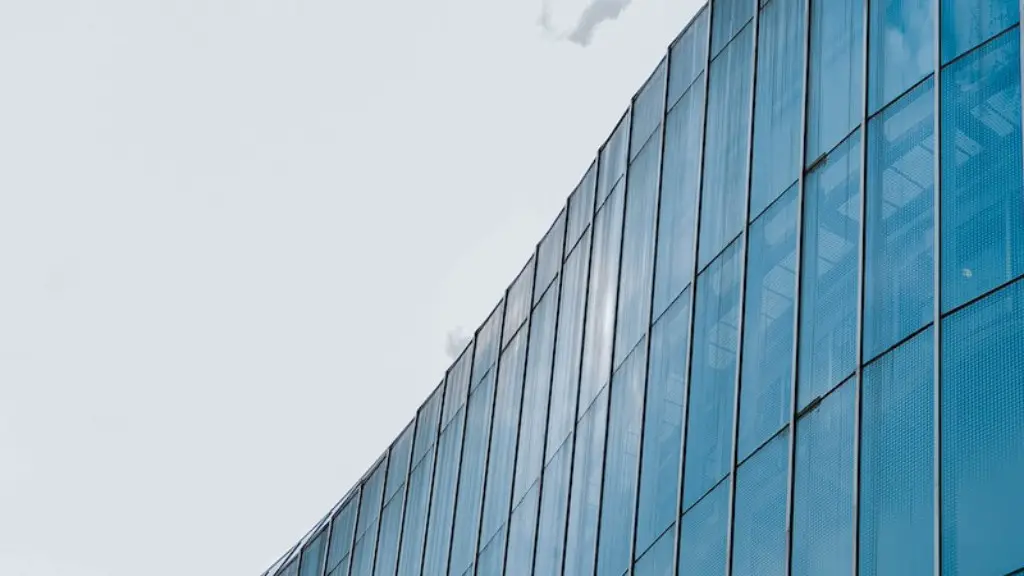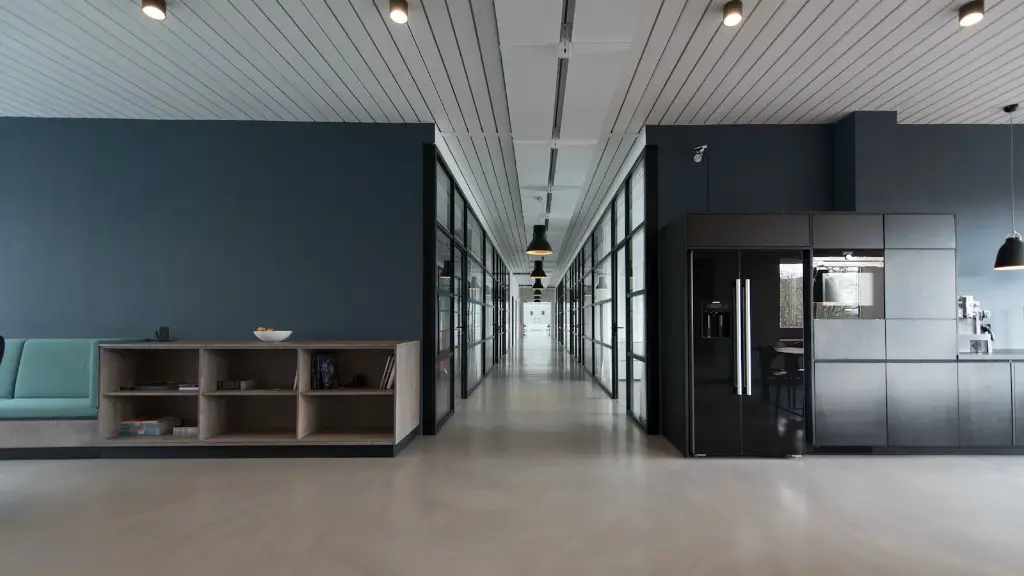A construction company has to take many things into account when trying to limit the amount of noise pollution they produce. The type of equipment used, the time of day the work is being done, and the proximity of the construction site to residential areas are just a few of the things that a company must consider. There are many ways to limit the amount of noise produced by construction equipment, and a company must work to find the best solution for their situation.
There are a few different ways that a construction company can manage noise pollution. One way is to use sound-absorbing materials, such as acoustic panels, to help reduce the noise that is emitted. Another way is to have a noise management plan in place that includes measures such as quiet hours and specific work areas for noisy tasks.
How can noise be controlled in a construction site?
There are a few ways to reduce noise on a construction site:
-Eliminate noise during design. For example, design ducts into a structure rather than chasing channels in walls.
-Substitute a less noisy process.
-Remove people from the vicinity of noisy work.
-Select quiet equipment.
There are a few ways to reduce the amount of noise that travels through the air to people who are exposed to it. One way is to erect enclosures around machines to reduce the amount of noise that is emitted into the workplace or environment. Another way is to use barriers and screens to block the direct path of sound. Another way is to position noise sources further away from workers.
How can noise pollution be controlled in the workplace
There are a few things that can be done in order to reduce noise pollution in the workplace. One is to change or modify the equipment so that it is not as loud. Another is to locate the equipment in a more isolated area, or soundproof the room. Additionally, it is important to make sure that people spend time working in quiet areas too, in order to give their ears a break from the noise. Finally, try to run noisy equipment early or late in the day when fewer people will be exposed.
Construction noise can be a real pain, especially if you work from home or have young children. Here are a few tips on how to deal with it:
1. Wear earplugs or noise-canceling headphones.
2. Use a white noise machine.
3. Change your schedule.
4. Work from a café.
5. Insulate your windows.
6. Move your bed.
7. Try yoga or meditation.
8. Look after your pets.
What are three 3 methods to control noise from construction work explain briefly?
There are a few typical management decisions that can help reduce worker exposure to noise. One is to move workers away from the noise source. Another is to restrict access to areas where the noise is loudest. A third option is to rotate workers performing noisy tasks so that everyone isn’t exposed to the noise all at once. Finally, shutting down noisy equipment when it’s not needed can also help reduce exposure.
Earplugs are the typical PPE given to workers to reduce their exposure to noise. However, there are other options as well, such as earmuffs or noise-cancelling headphones. It’s important to find something that works for each individual worker, as what works for one person may not work for another.
There are a few different ways to control construction noise. The first is through engineering controls, which involve modifying the equipment or work area to reduce noise. The second is through administrative controls, which involve changing the way work is done to reduce noise. The third is through personal protective equipment, which is used to protect the worker from exposure to noise.
Engineering controls are the most effective way to reduce noise levels on a worksite. By modifying the equipment or work area, the noise level can be significantly reduced. Administrative controls are also effective, but they may not be practical in all situations. Personal protective equipment is the last resort, and should only be used when other methods are not practical or possible.
What is the most effective noise control method?
An acoustical enclosure is an effective way to control noise in a manufacturing environment. By effectively containing the sound and then dissipating it by absorption, an acoustical enclosure can help to reduce the noise level in a workplace.
The Occupational Safety and Health Administration (OSHA) has set the permissible exposure limit (PEL) for noise at 90 dBA for an 8 hour day. The exchange rate used by OSHA is 5 dBA, which means that when the noise level is increased by 5 dBA, the amount of time that a person can be exposed to that noise level is reduced by half.
What is the OSHA action level for noise
The OSHA permissible exposure limit for noise is an 8-hour TWA noise level of 90 dBA. The exposure limit is reduced by half for each 5 dBA increase. For example, if workers were exposed to noise for four hours, the exposure limit would be 95 dBA.
The Noise Regulations require you to take specific action at certain action values. These relate to: the levels of exposure to noise of your employees averaged over a working day or week; and the maximum noise (peak sound pressure) to which employees are exposed in a working day.
How can we reduce noise from outside construction?
If you want to soundproof a room from outside noise, you need to take some specific measures. First, seal up any holes or cracks in the walls, floors, and ceilings. Be sure to be thorough in your caulking and weather-stripping. Next, tighten up any existing door and window openings. You may need to replace some of your old doors and windows with new, high-quality ones. Additionally, add caps to your chimneys and add insulation to your attic and walls. Finally, consider adding central air conditioning. This will help to mask any outside noise.
Double-paned sound proof glass along with airtight framework is the best at blocking sound. This is because the glass helps to reflect sound waves and the airtight framework prevents any gaps through which sound could travel. This is by far the most effective solution for curbing street noise.
What are the most common noise mitigation measures
Sound barriers are a very common noise mitigation measure, and are typically very effective. The maximum sound barrier height is typically around 14 feet, but lower barriers can often provide similar noise reduction benefits. Sound barriers should be designed to be as low as possible to minimize their visual impact.
Construction sites can be very dusty places. Dust can come from many sources, including the materials used at the site and the vehicles that carry them. Dust can also be generated by the work itself.
To prevent dust from spreading, construction site should be kept wet. This will help settle the dust and prevent it from becoming airborne. In addition, barriers should be set up around the site and mounds of sand should be covered with dust barrier sheets.
Which is the best tool to combat noise pollution?
Earplugs and earmuffs are effective at reducing loud noises. They work by either fitting into the ear canal or forming an air seal around the entire outer ear. This helps to keep the noise from reaching the inner ear and causing damage.
Industrial noise control can be a challenge, but there are a number of ways to achieve it. One way is to replace noisy machinery or equipment with quieter alternatives. For example, the noise from an air fan can be reduced by increasing the number of blades or the pitch of the blades, and decreasing the rotational speed – all while still achieving the same air flow. Another way to control industrial noise is to use sound-absorbing materials in the affected areas. This can help to deaden the noise and make it more bearable for those working nearby.
Warp Up
There are a few ways that a construction company can manage noise pollution. One way is to use sound-dampening materials when constructing buildings. Another way is to use quieter equipment, such as electric tools instead of gas-powered tools. Lastly, construction companies can create a noise management plan that includes measures to reduce noise pollution.
A construction company can manage noise pollution by taking a few simple steps. For example, they can educate their employees on the dangers of noise pollution and how to avoid it. Additionally, they can create a noise management plan that includes things like designating quiet areas and using sound-absorbing materials. By taking these steps, a construction company can help to protect its employees and the environment from the harmful effects of noise pollution.





